Electronics Articles Archive
Difference between SCR and TRIAC

Following are main difference between SCR (Silicon controlled rectifier)and TRIAC (Triode for alternating current) : SCR TRIAC SCR stands for silicon controlled rectifier. TRIAC stands for triode for alternating current. The SCR is unidirectional device. The TRIAC is
Constructional detail and working of LASCR (Light Activated Silicon Controlled Rectifier)
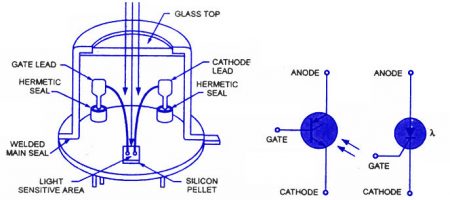
Constructional detail : The basic construction of LASCR (light activated silicon controlled rectifier) is shown in above fig. LASCR is a semiconductor opto electronic switch which has a lens that focuses light on its gate. It is
Application of silicon control rectifier (SCR)
There are some important applications of silicon controlled rectifier (SCR) which are given below, The silicon controlled rectifier (SCR) is used in AC voltage stabilizers. The silicon controlled rectifier (SCR) is used as switch. It is used
Difference between time domain and frequency domain
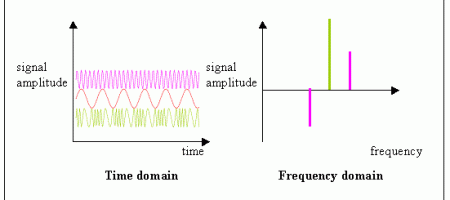
There is the difference between time domain and frequency domain are given below, Time domain Frequency domain The advantage is that, they are relatively fast and requires less memory than inverting the Helmholtz operator. The advantage is
Construction of silicon controller rectifier (SCR)
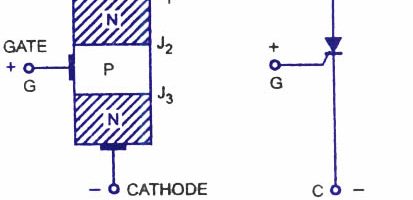
The basic construction of silicon controlled rectifier (SCR) is shown in above fig. It is made up of silicon and its operation as a rectifier can be controlled, hence the name given as silicon controlled rectifier. The
Construction of ramp type DVM (digital voltmeter)
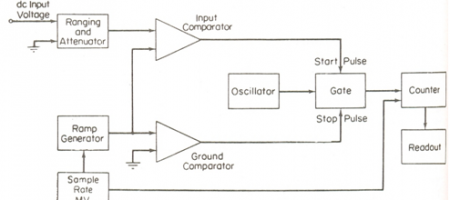
The ramp type DVM (digital voltmeter) uses a linear ramp or staircase ramp technique. The staircase ramp technique is a simpler version of linear ramp technique. The block diagram of ramp type DVM is shown in above
Advantages and disadvantages of silicon controlled rectifier (SCR)
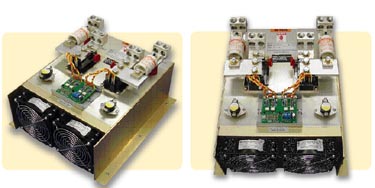
There are some advantages of silicon controlled rectifier (SCR) which are given below, The silicon controlled rectifier (SCR) can handle large voltage , current and power. It can be protected with the help of fuse. It is
Construction of successive approximation type DVM (Digital voltmeter)
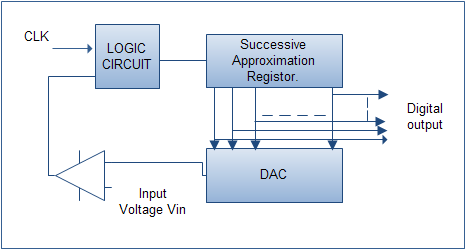
The successive approximation type DVM is special type of potentiometric DVM in which a digital divider is used in the place of linear divider. The servomotor replaced by electromagnetic logic. The comparator compares the output of
Advantages and disadvantages of successive approximation type DVM (digital voltmeter)
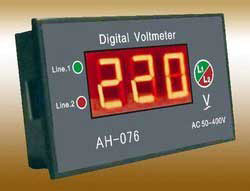
There are some advantages of successive approximation type DVM which are given below, It is economical method of analog to digital conversion. The resolution is up to 5 important digits are obtained. There are some disadvantages of
Advantages and disadvantages of ramp type DVM (digital voltmeter)
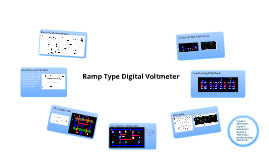
There are some advantages of ramp type DVM (digital voltmeter) which are given below, It has a better resolution and it can be adjusted because the resolution of digital readout is proportional to the frequency of local